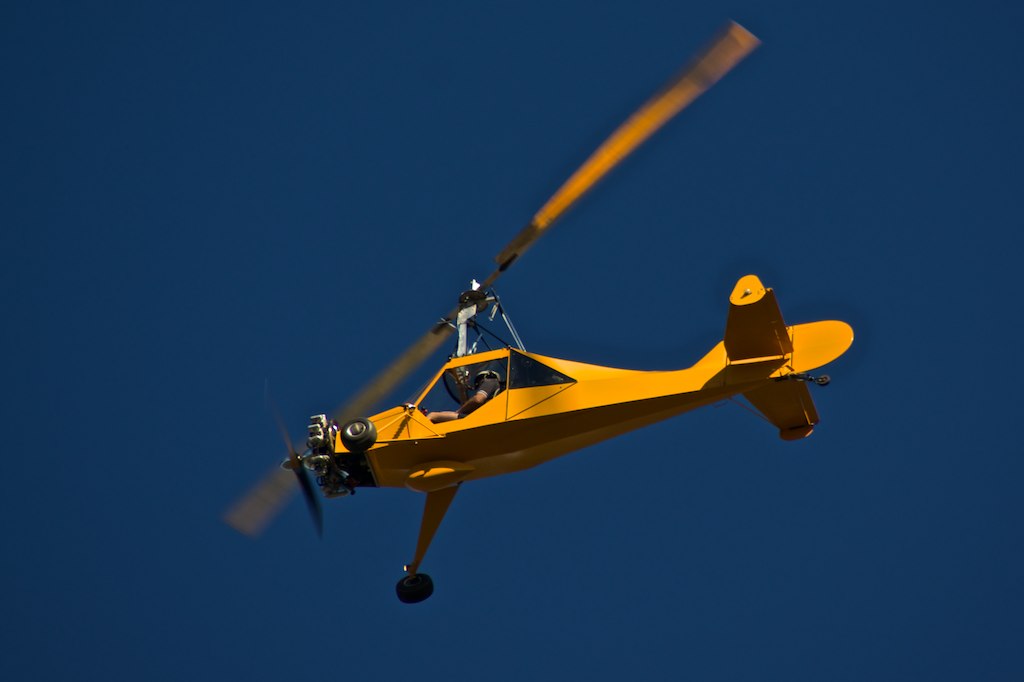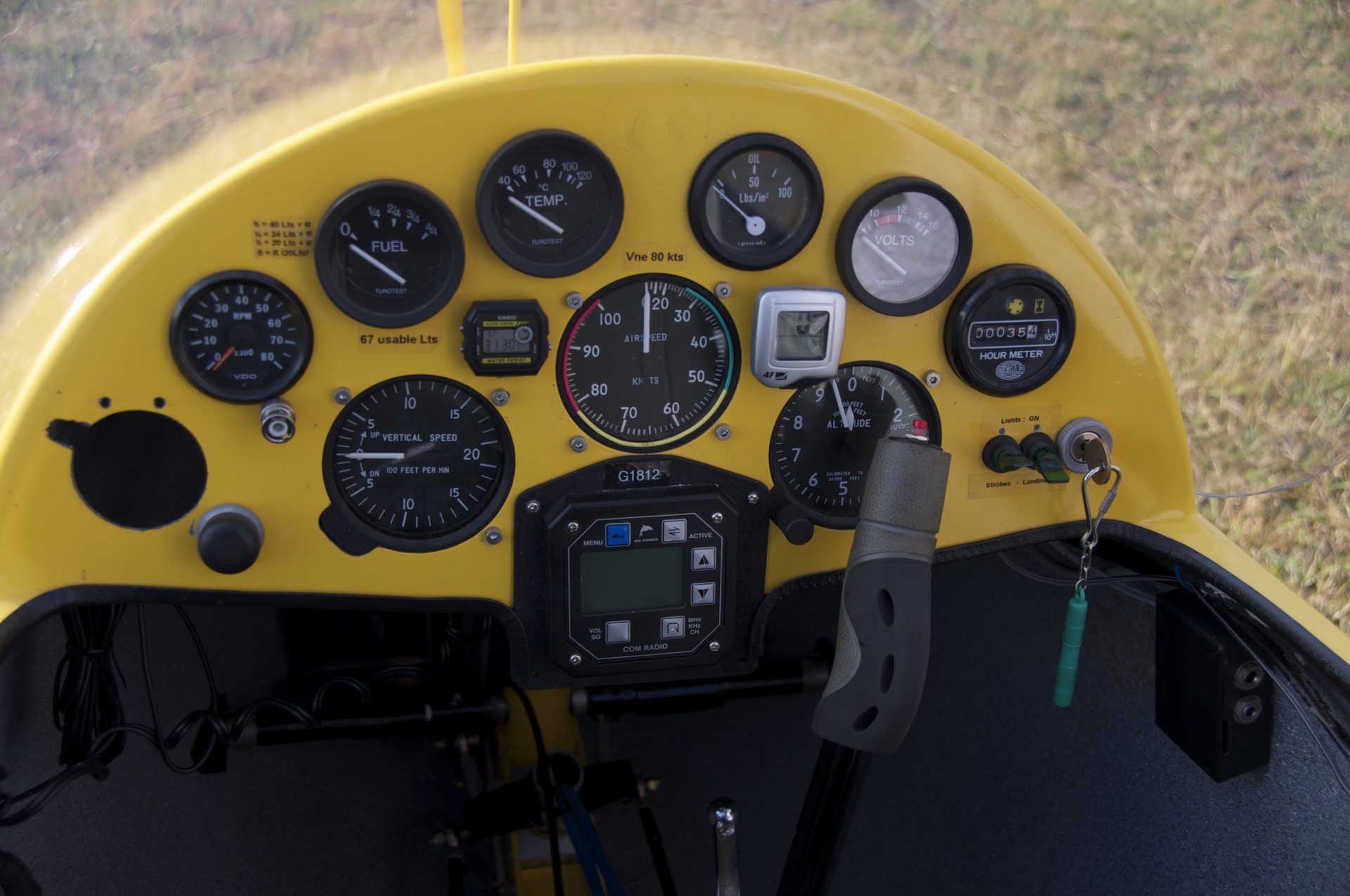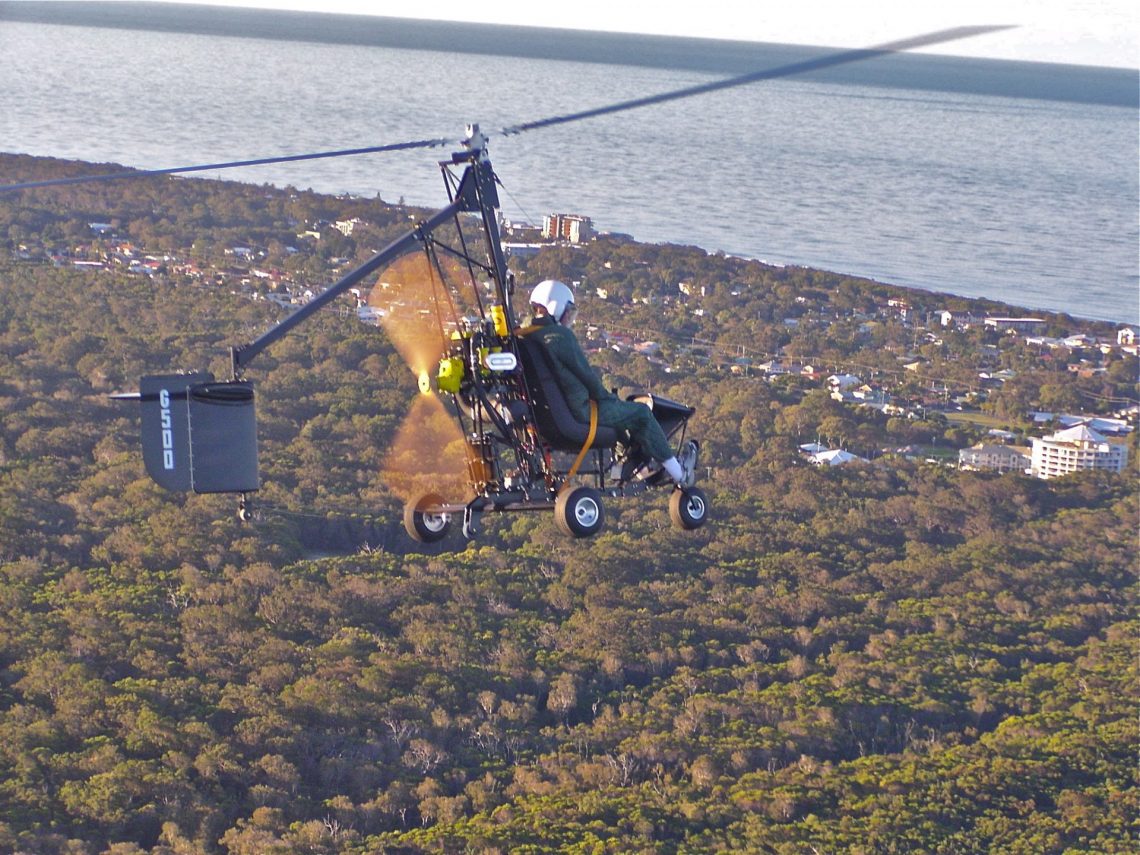Caboolture Airfield is the home base for several gyroplanes (Gyros). Gyros are registered in Australia by the Australian Sport Rotorcraft Association Inc. (ASRA) and pilots must be a member of and hold a pilot certificate issued by the Association.
This article is written for Caboolture Aero Club to assist members and other local pilots to understand the behavior of gyroplanes in the circuit at YCAB (and other aerodromes) and so enhance the ability of all aircraft to avoid potential traffic conflicts.
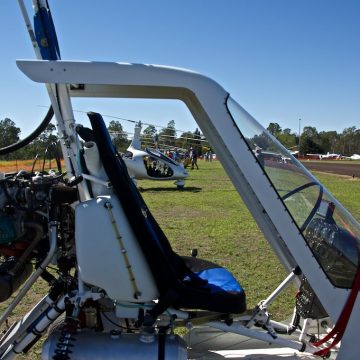
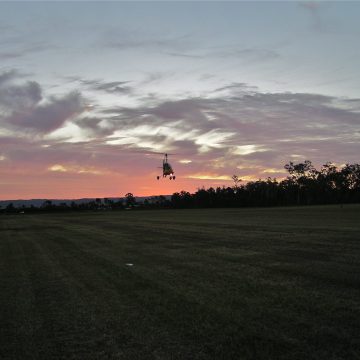
CASA formally defines a gyroplane as a power-driven, heavier-than-air aircraft supported in flight by the reaction of the air on one or more rotors which rotate freely on substantially vertical axes”.
In common use, the terms “gyroplane”, “gyrocopter” and “gyro” refer to the same aircraft.
Gyros have very different flying and performance characteristics to fixed wing aircraft.
Gyros are high drag aircraft so they are relatively slow with typical cruise speeds of between 50 and 60kts.
Gyros cannot safely be flown fast, but conversely, can be flown very slowly and can safely execute a vertical descent to wash off altitude quickly.
Gyros cannot stall because the rotational speed of their rotors and hence their lift, is not dependent on forward speed.
A Gyro’s rotor blades are unpowered so a Gyro is in constant autorotation.
Gyros are highly maneuverable and can execute a 60-degree angle of bank at any time.
Gyros have a poor glide ratio, at best in the vicinity of 4:1 in ideal conditions and nil wind.
Gyros are able to safely handle wind strengths exceeding 35kts.
Gyros are often described as short take-off and landing aircraft. This is a misnomer. Take-off distance is dependent on ambient conditions (like any other aircraft), particularly headwind strength, and the amount of pre-rotation applied by the pilot to the rotor blades before the Gyro starts its take-off roll. Pre-rotation is usually applied by the pilot via an electric motor or power take-off from the engine. Pre-rotators are always disengaged during the Gyro’s take-off roll and not used in flight.
Depending on wind strength, Gyros will come to a full stop within 2 body lengths of their touch down point on the runway. At this stage the Gyro’s rotor blades are still rotating at near flying speed so a Gyro pilot will pause when stopped, with the stick fully back to allow the rotor blade speed to decay before exiting the runway. This Gyro pause is typically less than 30 seconds.
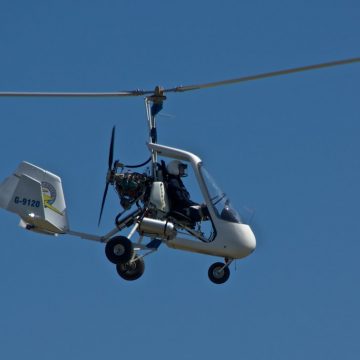

Under CASA CAO 95.12 & 12.1, Gyros are classified as an ultralight aircraft with a maximum flying altitude of 500ft AGL unless the pilot holds a specific endorsement issued by ASRA.
Gyros may also legally operate at a minimum altitude of 300ft AGL and even lower with the permission of the landowner.
A standard Gyro circuit is executed at 500ft AGL. Other than these differences, Gyros operate under the same CASA regulations as other ultralight aircraft.
Gyros fly the legs of a circuit close to the active runway for 2 reasons. Firstly, to compensate for their poor glide ratio in case of engine failure, and secondly to improve the likelihood of faster aircraft in the circuit sighting the Gyro in the circuit and thus enhancing CASA’s current “see and avoid collision avoidance policy”.
Gyro pilots are trained to wherever possible use idle power on approach to landing to ensure recency in simulated engine out emergencies. Consequently, Gyros typically execute a short final with a steep approach angle. This technique can at times lead to potential traffic conflict with faster fixed wing aircraft that fail to compensate for the slower Gyro on final ahead of them and fail to take appropriate avoidance action, often landing over the top of the Gyro or having to execute a “last minute” go-around when they sight the gyro that is ahead and usually below them.
In addition, fixed wing pilots waiting to take-off occasionally fail to look up as well as out before entering the runway and force a Gyro on final to take last minute evasive action to avoid a possible collision due to a runway incursion.
If you want to learn more about gyros visit us in hangars 59 and 57 or have a look at https://www.asra.org.au/
This article was kindly written by Allan Wardell and Paul Campbell for the benefit of Caboolture Aero Club members.
